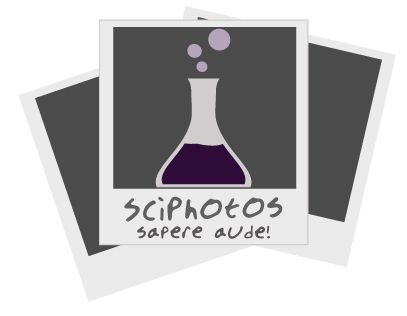What happens to the water you drink? Well, first it hydrates
your body. Your body is up to 60% water. Water is used in making the stuff your
body uses to thrive, such as saliva, hormones, neurotransmitters and sweat. In
water’s final service to the body, it is used to remove waste through urine.
When you flush the toilet all this urine (and all the waste in it) likely goes to
a wastewater treatment plant, specifically a sewage treatment plant.
Sewage treatment plants clean water through multiple steps.
These steps include removing the organic materials by letting it form a
sediment that settles out of the water, removing the oils, plastics and soap we
use in our day-to-day lives, then removing the bacteria the water harbors with
a chlorine treatment.
In some cases the final stage of sewage treatment is a
wastewater wetland. The photograph above
was taken in February 2014 at Orlando Wetlands. Orlando Wetlands is a wetland
wastewater treatment area near Orlando, FL. A water treatment wetland is a
constructed ecosystem and acts like a “buffer” to naturally-occurring ecosystems.
It is important to filter the water in a final step before releasing it back to a river, lake, or other natural system because of the nutrients (nitrogen and phosphorus) that human use puts into sewage water. This excess of nutrients can cause eutrophication. Eutrophication is a
process where high nutrients leads to excess growth of algae. The algae die,
and decompose through consumption by microorganisms or other detritivores. This
large amount of decomposition removes oxygen from the water in amounts that are
detrimental to life such as fish, even causing die-offs sometimes called “fish
kills.” To sustain these ecosystems that support food, recreation and a healthy planet, we must proactively filter the water we use before releasing it.
Treatment wetlands take out the nutrients in sewage water through a variety of plants are used and acquire the nitrogen and phosphorus in the water as it slowly flows through the wetland. The water that is filtered for nitrogen and phosphorus and other nutrients is finally discharged to a naturally occurring ecosystem as a river. The water in these naturally-occurring systems is the same that is used for drinking, all the way back when you poured yourself a glass from the tap (or Brita, Pur, etc., filter!).
Treatment wetlands take out the nutrients in sewage water through a variety of plants are used and acquire the nitrogen and phosphorus in the water as it slowly flows through the wetland. The water that is filtered for nitrogen and phosphorus and other nutrients is finally discharged to a naturally occurring ecosystem as a river. The water in these naturally-occurring systems is the same that is used for drinking, all the way back when you poured yourself a glass from the tap (or Brita, Pur, etc., filter!).
In the case of Orlando Wetlands, the water is discharged to
the Little Econlockhatchee River. The Little Econlockhatchee River is a tributary
of the St Johns River, a source of water, recreation and business for people on
the east coast of Florida. Besides the metropolitan area of Orlando, the east
coast of Florida is home to the Kennedy Space Center, where many space
endeavors, such as the space shuttles, were launched.
Although wastewater wetlands are constructed by man, they
form habitat for a variety of wildlife. Wading birds and waterfowl such as
herons and ducks, including migratory birds, frequent wastewater wetlands. Other
organisms such as bobcat, deer and raccoon can be found in these systems. In the case of Orlando Wetlands, wastewater treatment wetlands can be made
open to the public for recreation including birdwatching, hiking, photography,
cycling and running.
References
Orlando Wetlands: http://www.cityoforlando.net/wetlands/history/
http://www.scientificamerican.com/article/treating-sewage/
(includes an in-depth review of sewage history!)
Eutrophication: http://toxics.usgs.gov/definitions/eutrophication.html

